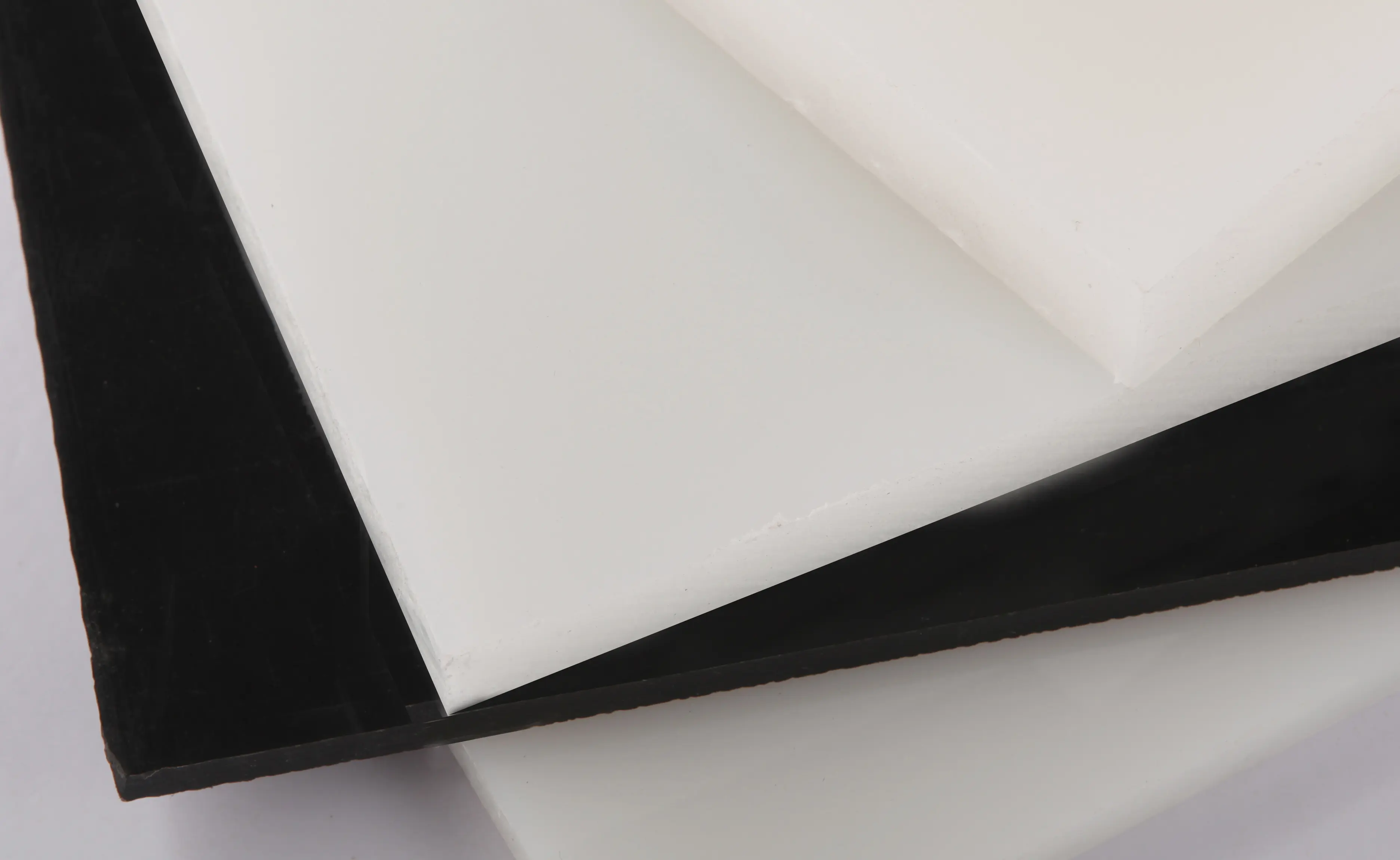Δεκ . 17, 2024 02:39 Back to list
pipe fitting
Understanding Pipe Fittings A Comprehensive Guide
Pipe fittings play a crucial role in plumbing and piping systems, serving as the connectors that enable various pipes to join together, change direction, regulate flow, and facilitate the connection of different components. As essential elements in various industries, including construction, oil and gas, and chemical processing, understanding pipe fittings is vital for anyone involved in these fields.
Types of Pipe Fittings
Pipe fittings come in a variety of shapes and sizes, each designed for specific functions. The most common types include
1. Elbows These fittings are used to change the direction of a piping system. Available in several angles, elbows can be 90 degrees, 45 degrees, or other angles, depending on the system's needs.
2. Tees A tee fitting is used to connect three sections of pipe, allowing for branching in the piping system. It is typically shaped like the letter 'T' and can come in equal or unequal sizes.
3. Reducers These fittings are employed to connect pipes of different diameters. A reducer helps to change the flow rate and pressure within the piping system by tapering down from a larger pipe to a smaller pipe.
4. Couplings Used to connect two pipes of the same diameter, couplings are essential for extending a piping system or repairing a broken pipe.
5. Caps and Plugs Caps and plugs are used to seal the ends of pipes. Caps are placed on the exterior end of a pipe, while plugs are inserted into the interior to stop the flow entirely.
6. Bushings A bushing is a type of fitting that allows for the connection between two pipes of different sizes, similar to a reducer but often more compact.
7. Crosses A less common fitting, the cross allows for the connection of four pipes at right angles, useful in complex piping networks.
Material Considerations
pipe fitting

Pipe fittings are made from a variety of materials, each offering unique advantages
- PVC (Polyvinyl Chloride) Lightweight and resistant to corrosion, PVC fittings are commonly used in residential plumbing and irrigation systems.
- CPVC (Chlorinated Polyvinyl Chloride) Along with being corrosion-resistant, CPVC can withstand higher temperatures than PVC, making it suitable for hot water systems.
- Copper Known for its durability and reliability, copper fittings are commonly used in plumbing and heating applications.
- Steel Available in both carbon and stainless steel varieties, steel fittings are often used in high-pressure and high-temperature applications due to their strength and resilience.
- Brass A popular material for plumbing fittings, brass offers good corrosion resistance and is frequently used in water supply systems.
Installation and Maintenance
Proper installation of pipe fittings is critical to ensure the integrity and efficiency of a piping system. It typically involves cutting the pipes to the correct length, deburring the edges, and applying the appropriate fittings using methods such as soldering, gluing, or threading.
Regular maintenance checks are essential to prevent leaks, corrosion, and other issues that can arise over time. Inspections should focus on joint integrity, signs of wear, and any potential blockages in the system. It’s advisable to replace any damaged fittings promptly to avoid extensive repairs later.
Conclusion
In summary, pipe fittings are vital components in any piping system, facilitating connections and changes in direction while ensuring the efficient transport of fluids and gases. Understanding the various types of fittings, their materials, and proper installation and maintenance techniques can significantly enhance the performance and durability of plumbing and piping systems. Whether you're a homeowner, contractor, or engineer, having a solid grasp of pipe fittings is essential for effective system design and troubleshooting. With advancements in technology, newer materials and fitting designs continue to emerge, making it crucial for professionals to stay updated with the latest trends to ensure optimal performance in their projects.
-
Durable PP Rigid Sheet: Lightweight, Chemical Resistant Solutions
NewsAug.21,2025
-
PVC Grey Sheet for Extraction: Chemical Resistant & Durable
NewsAug.19,2025
-
Durable PVC Pipe Fittings for Plumbing & Irrigation Needs
NewsAug.18,2025
-
HDPE Steel Belt Reinforced Spiral Corrugated Pipe | High Strength
NewsAug.17,2025
-
HDPE Pipe Fittings: Durable, Leak-Proof Solutions
NewsAug.16,2025
-
Premium CPVC Sheet: High-Temp & Chemical Resistant Solutions
NewsAug.15,2025

